You never know what you will get with puppies; some will steal your heart, some will steal your slippers, and some… will turn a different color altogether. Yep, in the dog world, not all pups merely get bigger – they get lighter or darker, or even acquire dramatic markings you never expected.
The breeds that have the coat color changing as they grow older are quite a number, and in most cases, they may start with a particular color, and after weeks, months, or even years, they change into a different color. You can thank genetics, maturity, and in some cases, a bit of doggy magic. Just consider rearing a puppy that is born looking one way and turns out to be a different color when it is a full-grown dog!
So, without further ado, let’s examine the most popular dog breeds that turn different colors as they get older – and find out why this occurs.
Dog Breeds That Change Color With Age
1. Dalmatian
When you look at a newborn Dalmatian, you may be wondering where the famous black spots are. Surprise! Dalmatians are normally born with a white color, and the black or liver spots only appear after a couple of weeks old.
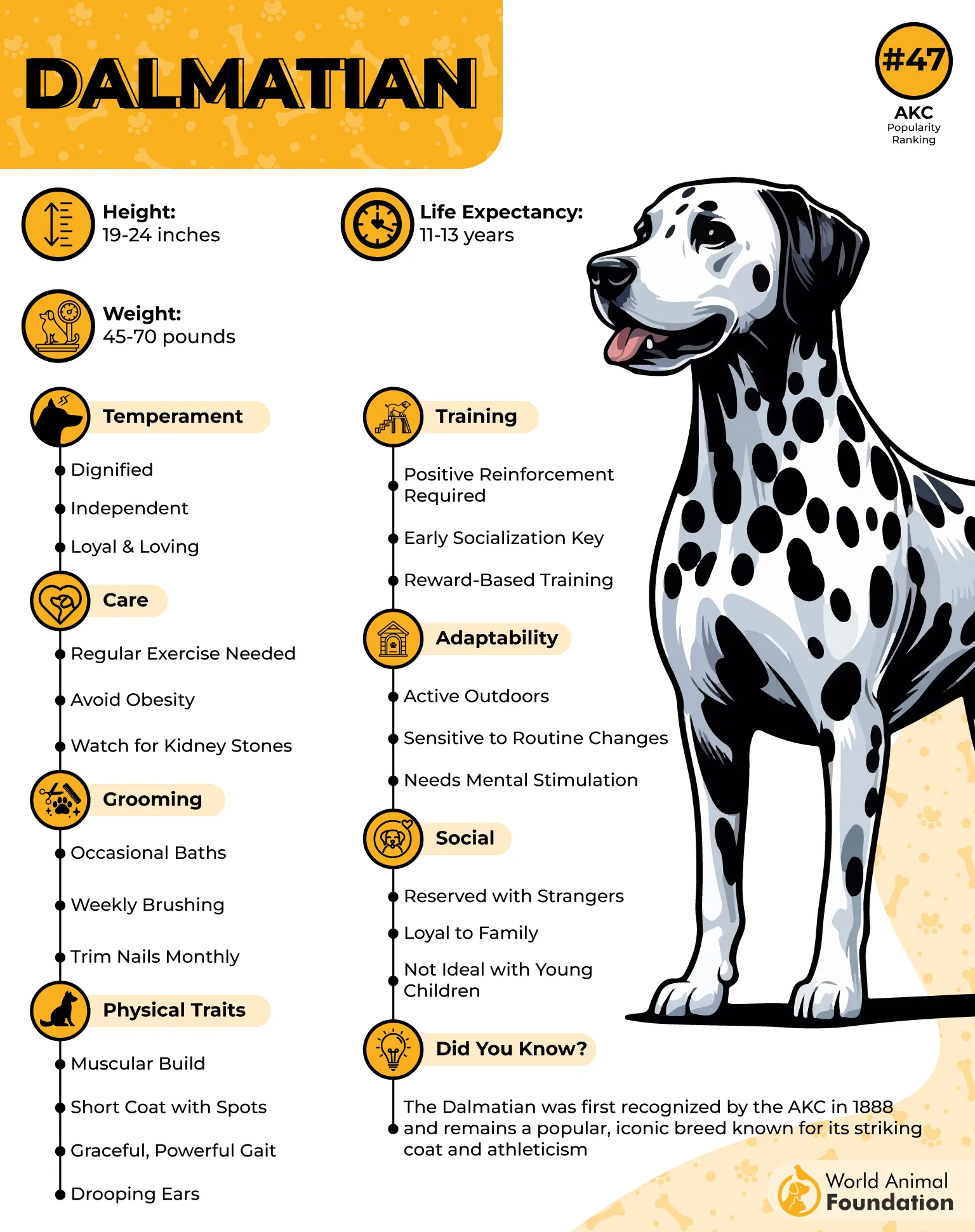
These patches remain in a state of change, and they are also increasing during the first year. Others continue to develop new ones even during adulthood. PetMD states that it is a moving, wagging coloring book.
These puppies have a way of duping new owners into believing there is something wrong with them. Where are the spots? It is a question posed more than once. But never mind, nature will take care of that, and their spots flower slowly, as though they were polka-dotted surprise parties. It is an element of their iconic image and one of the numerous factors why people love Dalmatians.
2. Shih Tzu
Shih Tzus have beautiful flowing coats and loving personalities, but their coat also change color as they age. A black and white puppy can mature with gold, silver, or even cream highlights.
Due to genetics, a good number of Shih Tzus lighten or get lighter spots as they age. Their black tips often disappear or are mixed with lighter tan or grey hairs, particularly after their first year, according to Hill’s Pet.
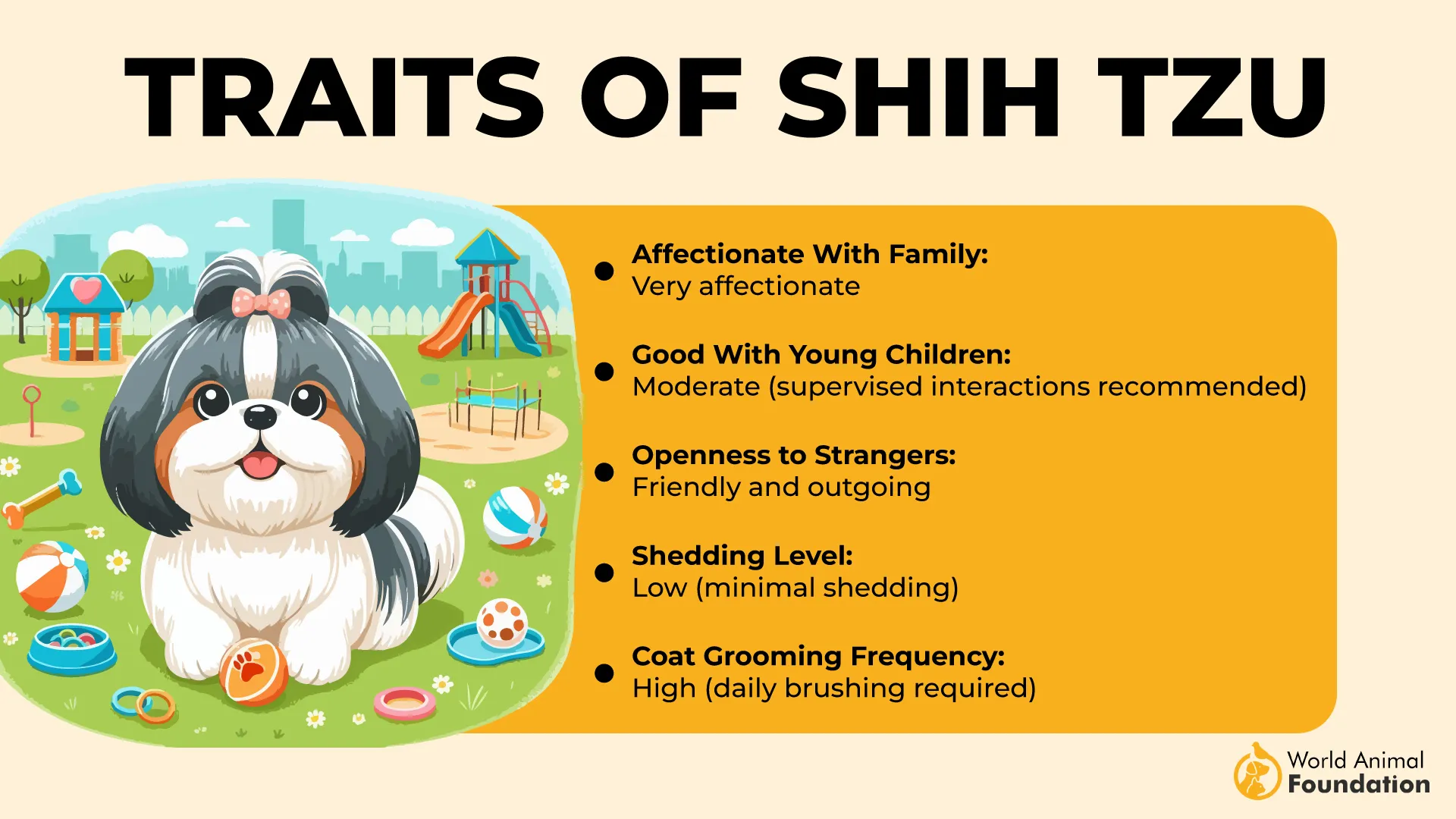
Some owners even say as a joke that their Shih Tzu has more color changes than a fashion influencer. One day, you may begin with a brave, dark coat and end the day with silk, your golden fluffball that seems to have stepped out of a shampoo advertisement. It is simply an anatomy of this already royal breed.
3. German Shepherd
The traditional German Shepherd is not only a faithful guard dog but also a kind of chameleon during the puppy period. The majority of German Shepherds are normally born with dark color coats, which become lighter in color as the dog grows older.
Black and tan patterns become sharper, and pups frequently acquire white hairs, silver coloring, or darker backs when they enter adolescence. AKC mentions that this color change is typically done by 2 years of age, which makes the breed even more unique.
4. Poodle
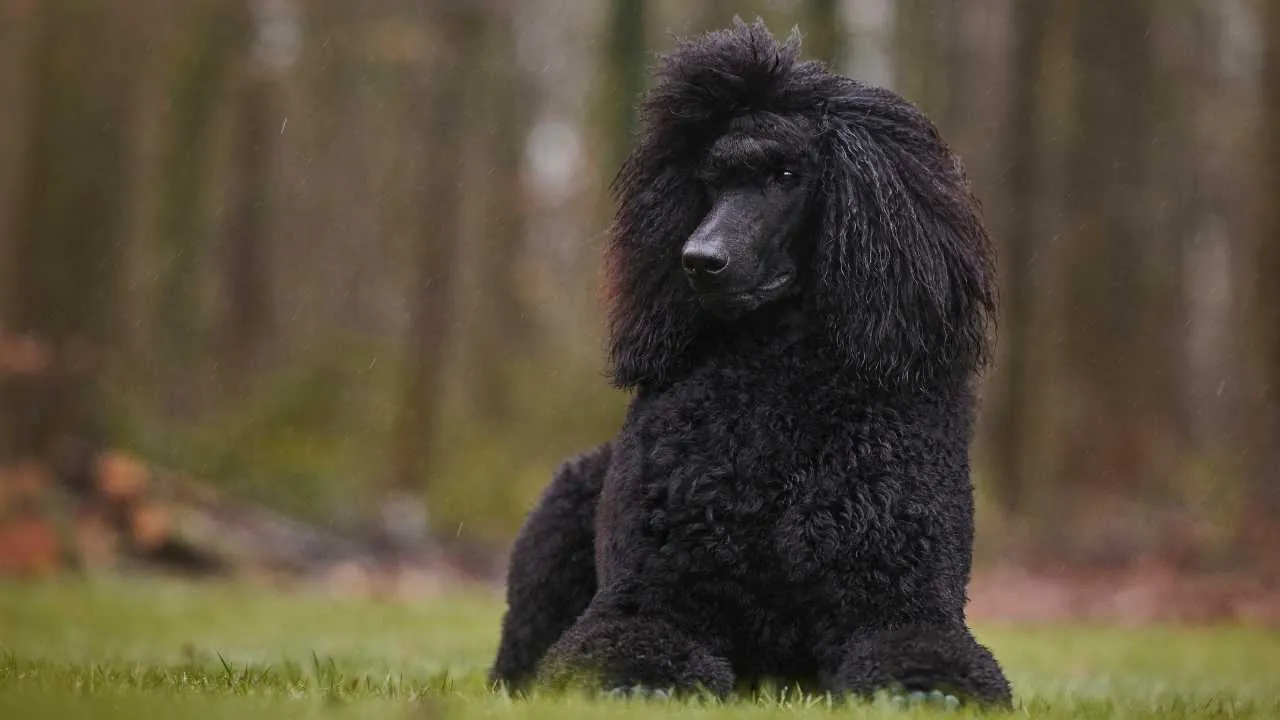
Poodles are available in every color of the rainbow; however, when you choose a black puppy, do not get upset when it starts to appear as a silver, blue, or grey dog. This is an aging effect caused by the progressive greying gene carried by many Poodles.
Drastic color changes are possible in some Poodles, whereby a dark, rich color Poodle will lighten considerably to a more silver-gray adult color. It is especially frequent in standard and miniature poodles and makes them look so elegant and timeless.
5. Kerry Blue Terrier
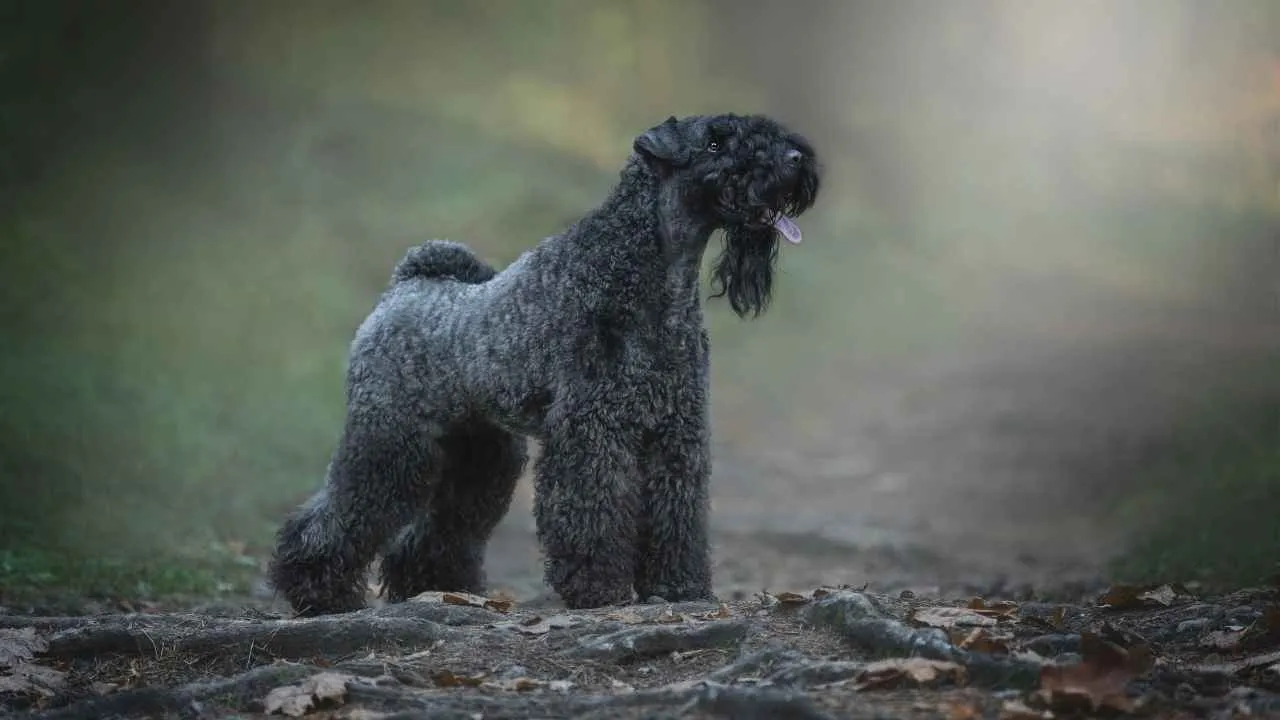
There are not many breeds that sport such a dramatic color change as the Kerry Blue Terrier. These dogs are normally born with a black coat, which then changes gradually to a blue-gray, sometimes taking a period of up to 18 months.
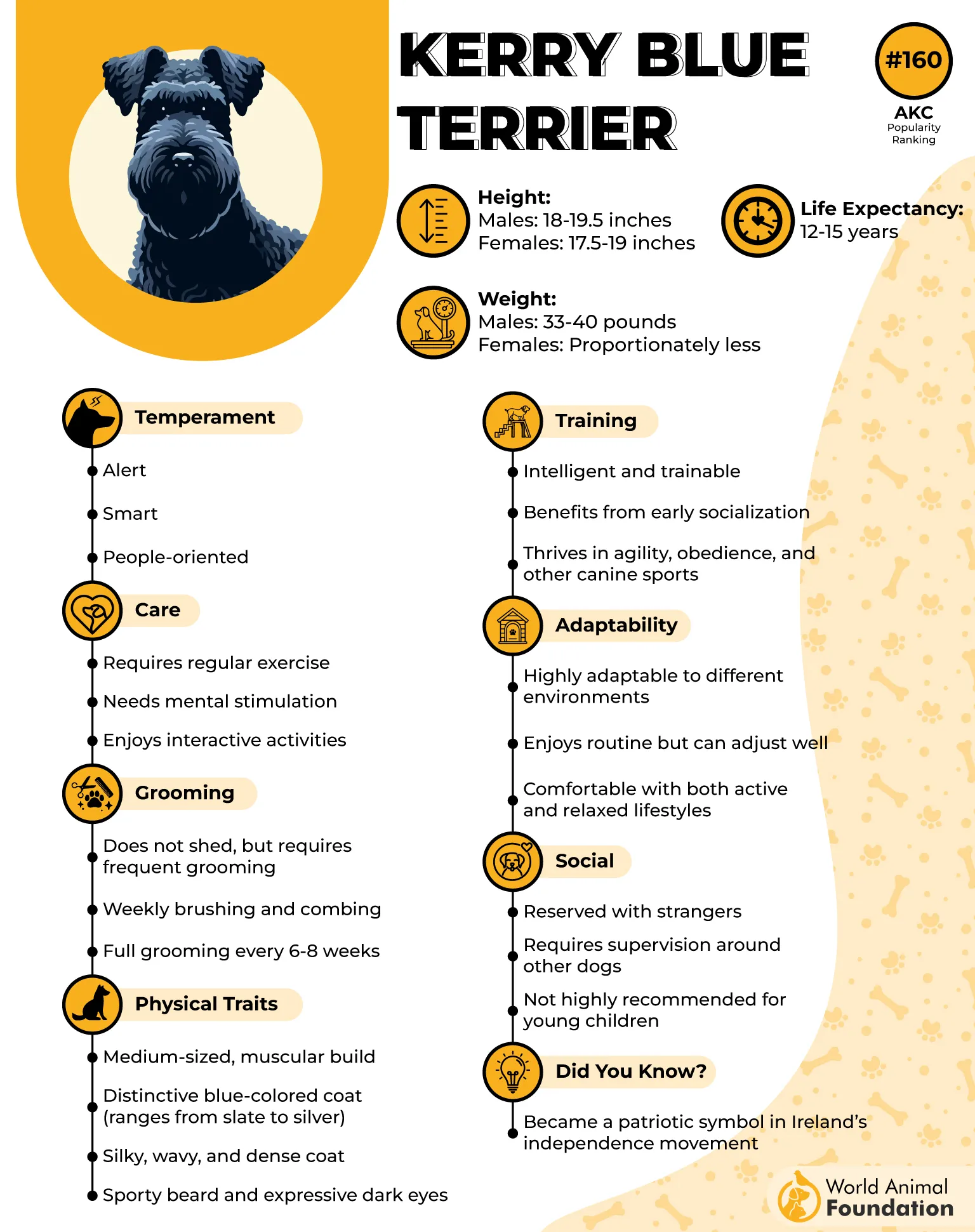
The transition may be gradual and unexpected, and owners are frequently left wondering whether they took home the same dog. This change of coat color is one of the characteristics of the breed and the point of pride among the admirers of the Kerry Blue.
6. Bedlington Terrier

Bedlington terriers are born appearing as scruffy little black or brown puppies; however, by the time they are adults, they will have grown into their trademark pale silver or blue coats.
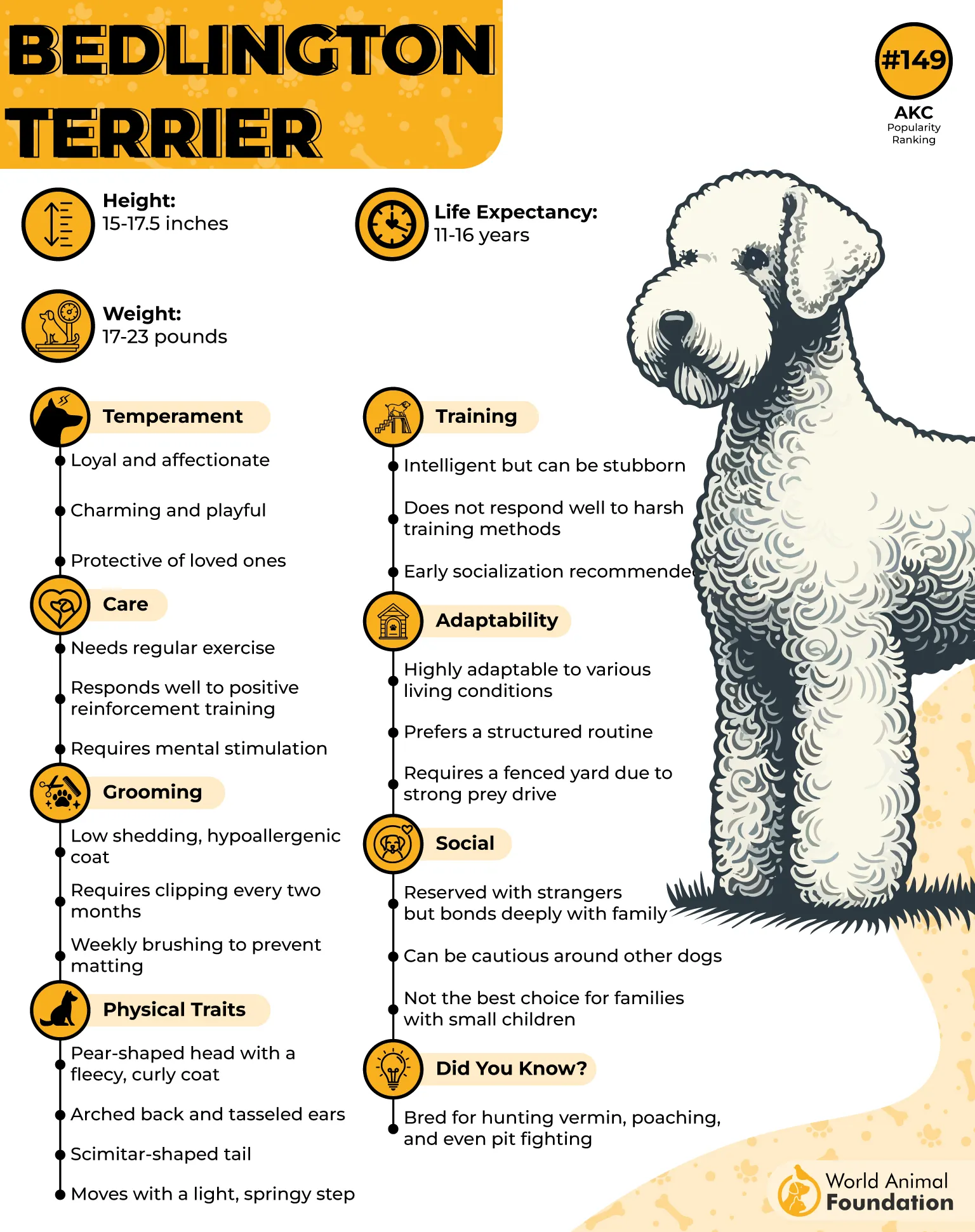
Their color change is just an extra feature of their cuteness, with their distinctive look of lambs and their arching back. Purina states that as they grow older, their coat are lightening, just like in a real-life makeover montage, they have an entirely different appearance.
7. Old English Sheepdog
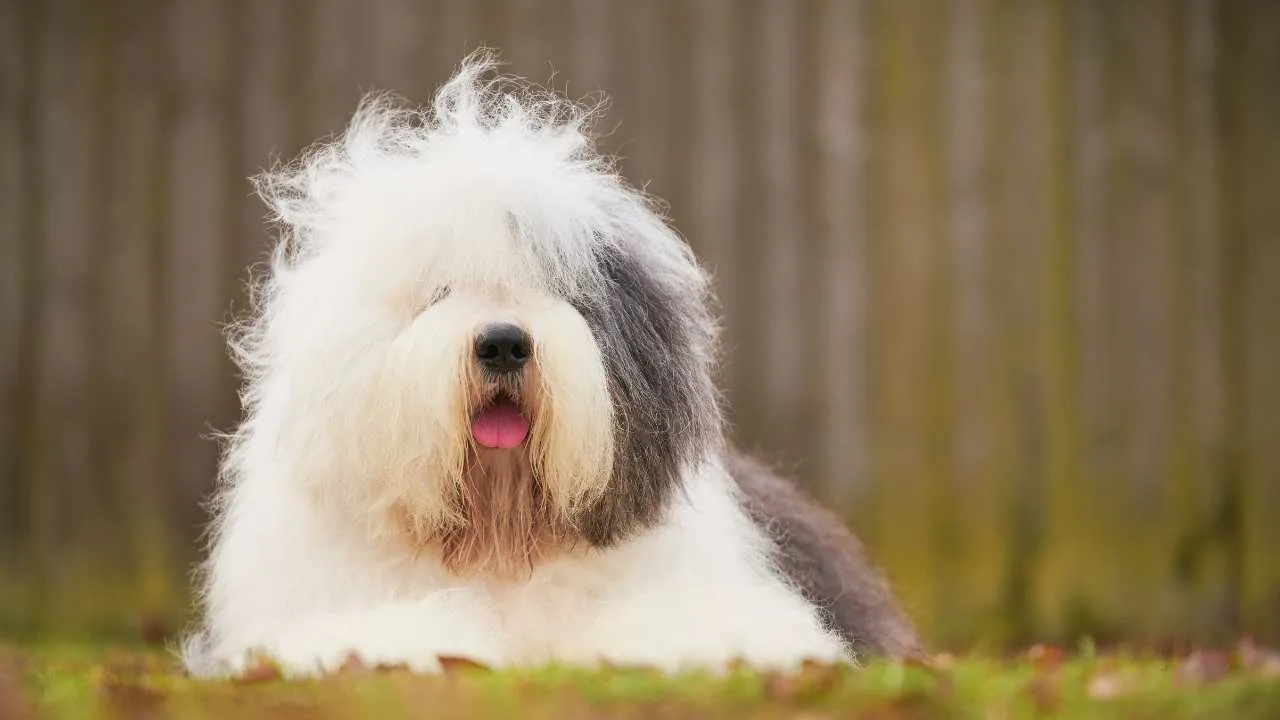
The Old English Sheepdog puppies are normally born black and white; however, as they age, the black coloration on them lightens to a dusky grey or blue color, giving them a fluffy, cloud-like look.
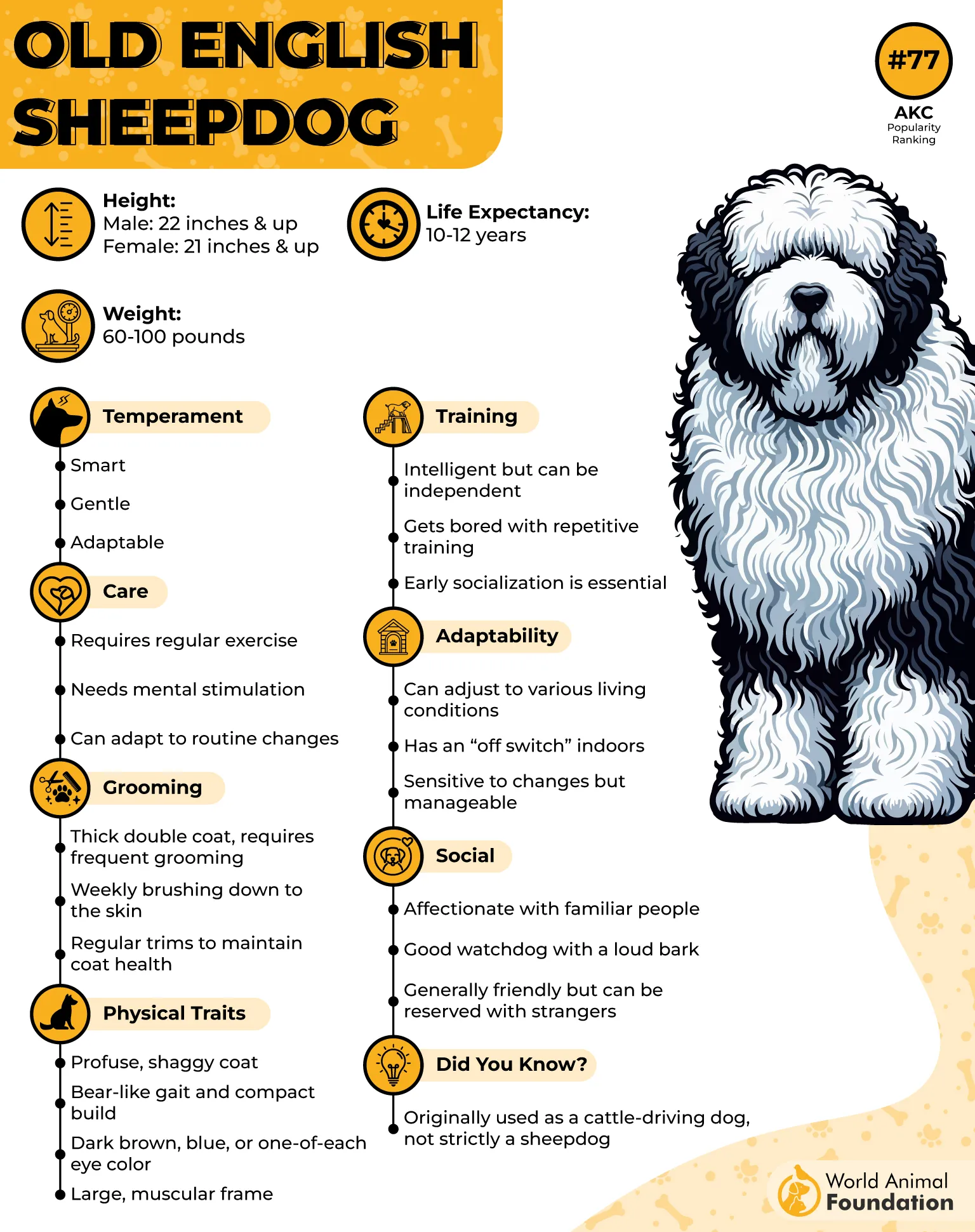
The double coat of this breed also grows shaggier as they age, giving them that fluffy and somewhat comical appearance they are known for. It is as though you see your pup grow into a huge stuffed toy, as mentioned by WebMD.
8. Tibetan Terrier
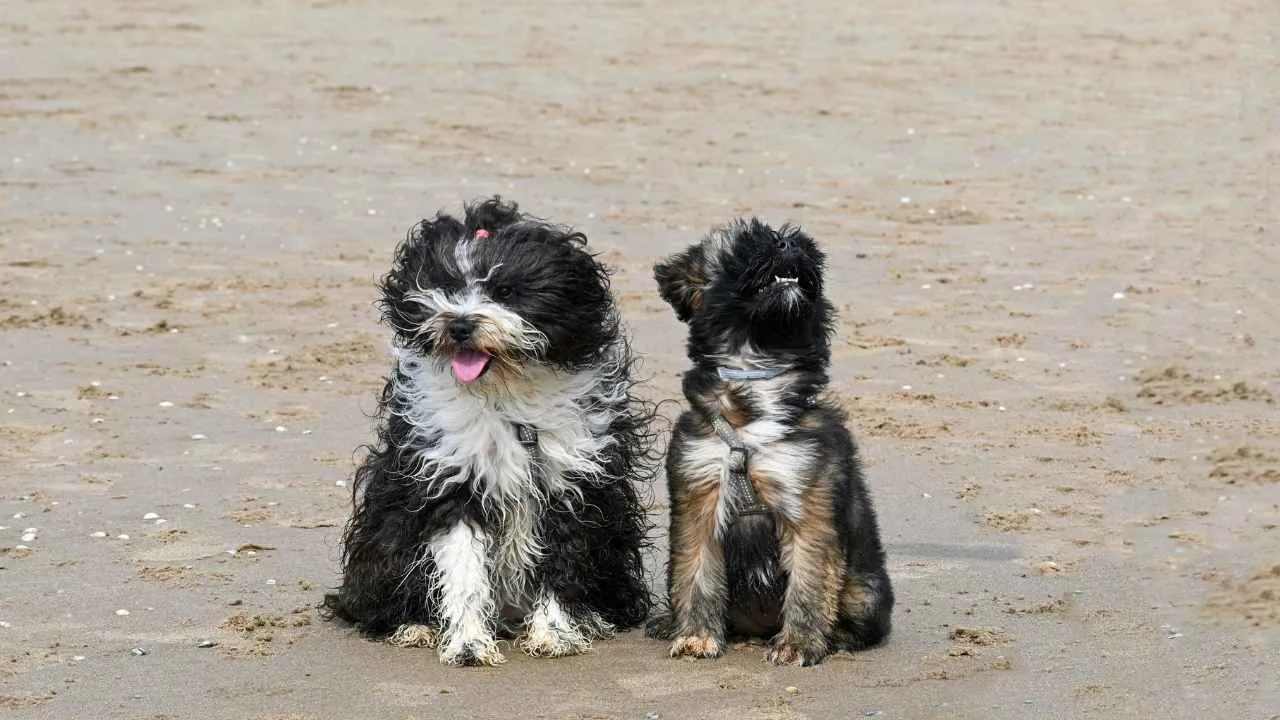
The Tibetan Terriers are an ancient breed that is considered to be versatile and has thick and shaggy coats that happen to change color during the aging process. A black puppy may grow up to be brindle, golden, or even platinum blonde.
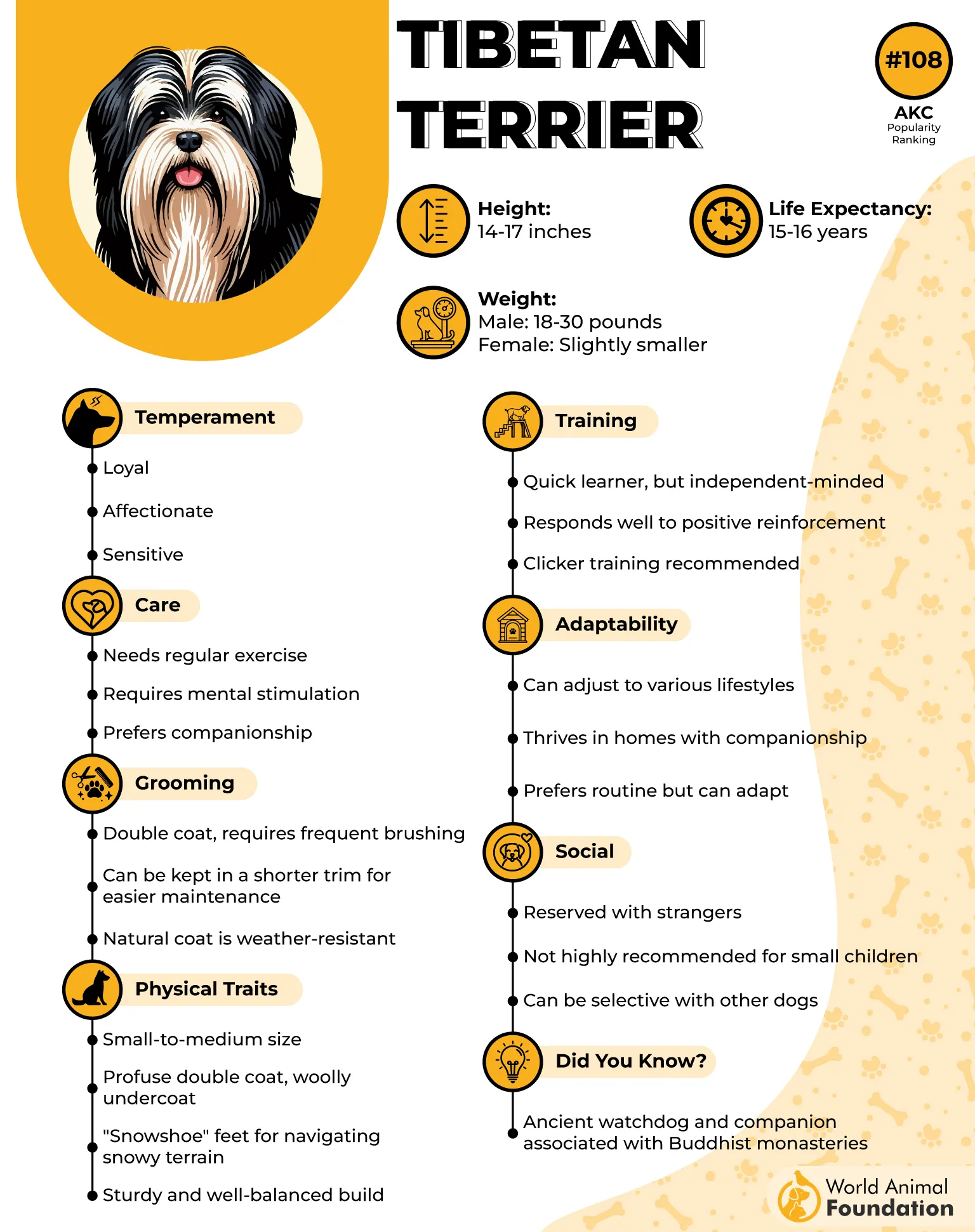
Owners will tell you that their Tibetan Terrier will pass through several colors before arriving at the final adult coat. Others say it is two dogs in one, and, frankly, who would not want to have a built-in makeover option?
9. Australian Shepherd
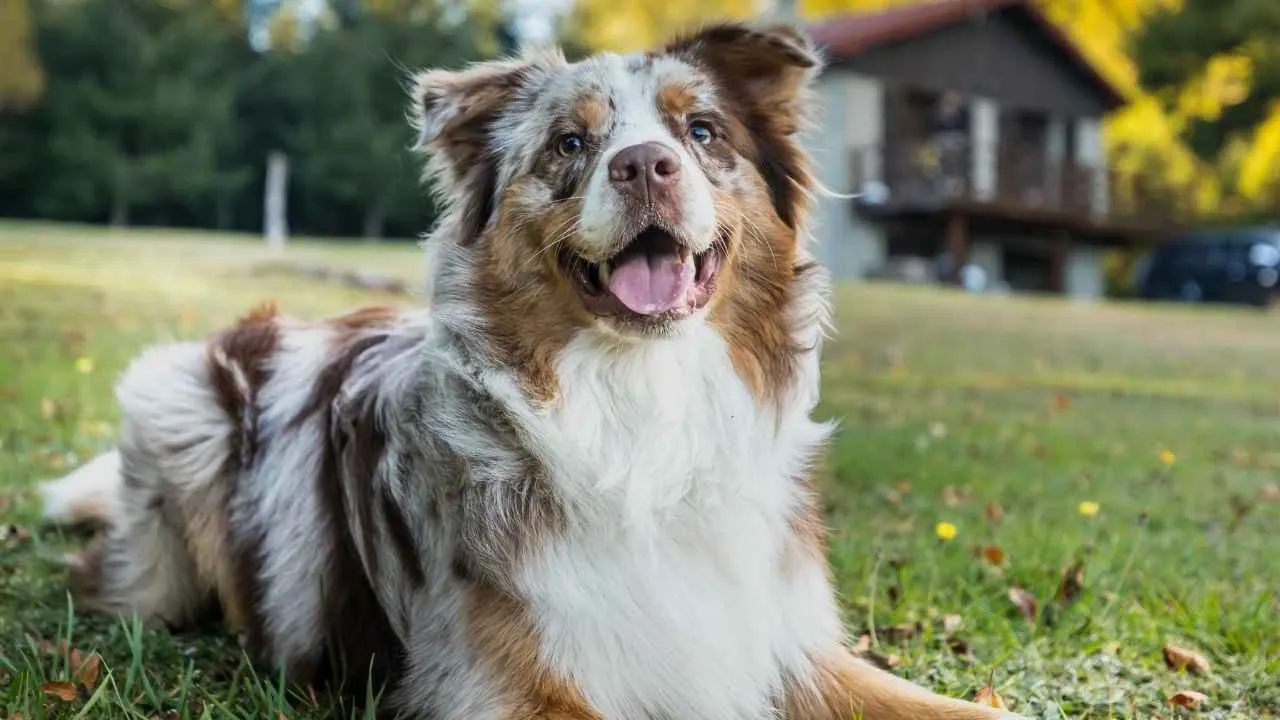
Australian Shepherds are not just active, smart dogs, but also color magicians. They can be darker, lighter, or even change in tone as they get older. Others develop white spots on the face or paws, which were not apparent when they were puppies.
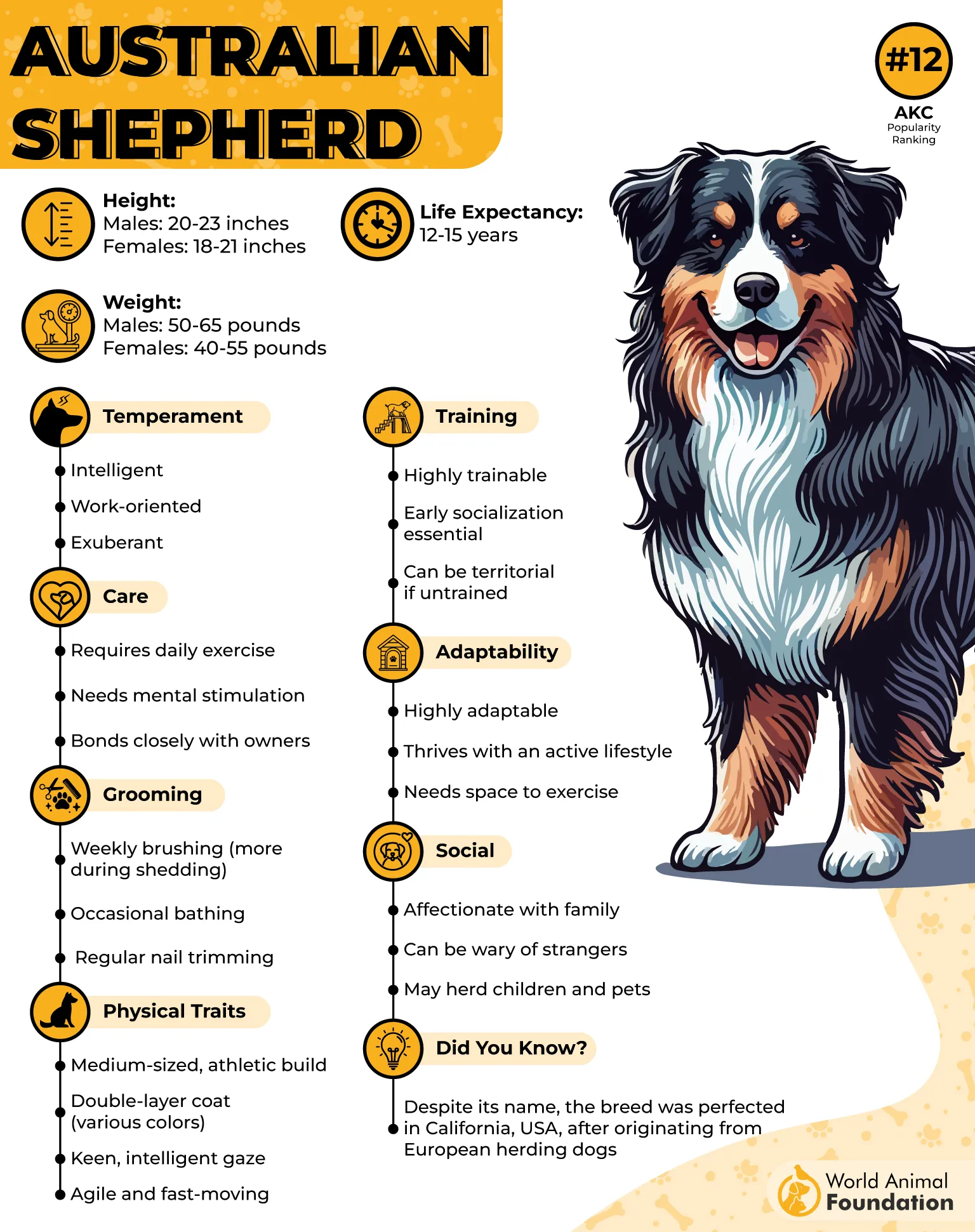
This color change is not so obvious but can be seen, especially in blue merles and red merles. They also have distinct coat patterns, which make them very popular among families and show enthusiasts.
10. Cocker Spaniel
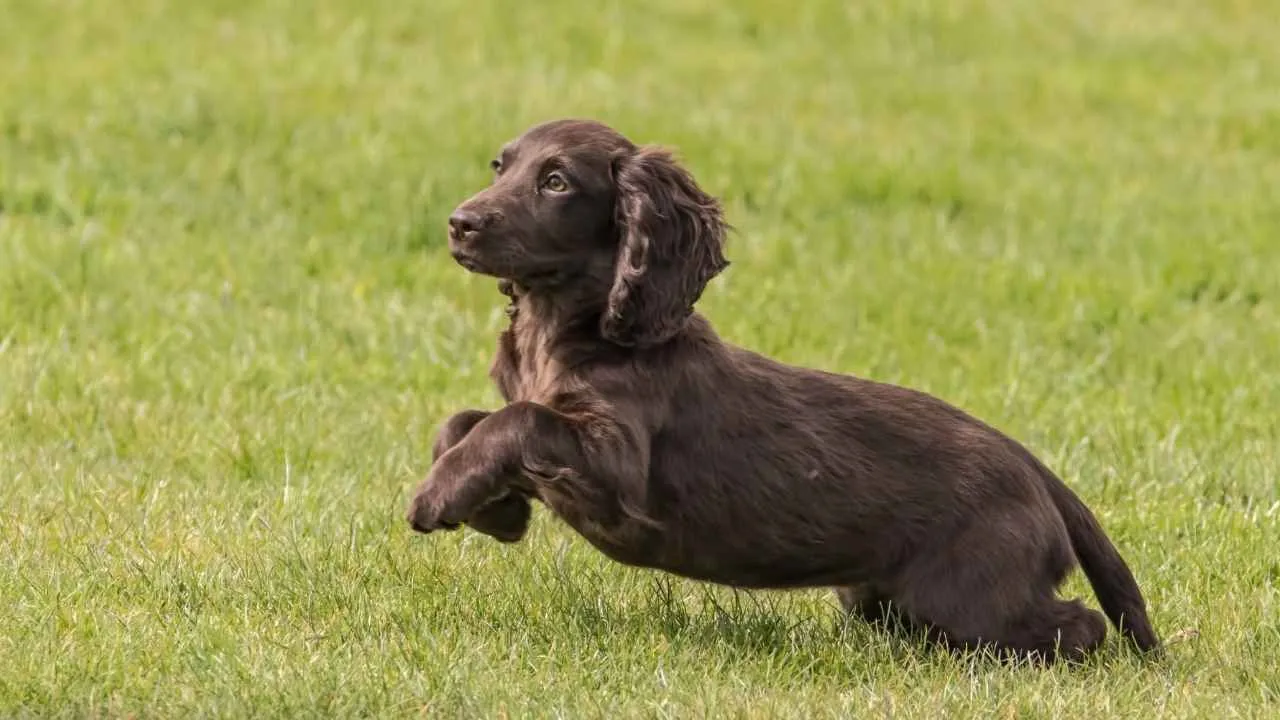
Another breed that exhibits color changes is the Cocker Spaniel, particularly American ones. A puppy whose coat is solid gold, chocolate, or black and tan may have fading, lightening, or dark areas as the puppy grows into an adult dog.
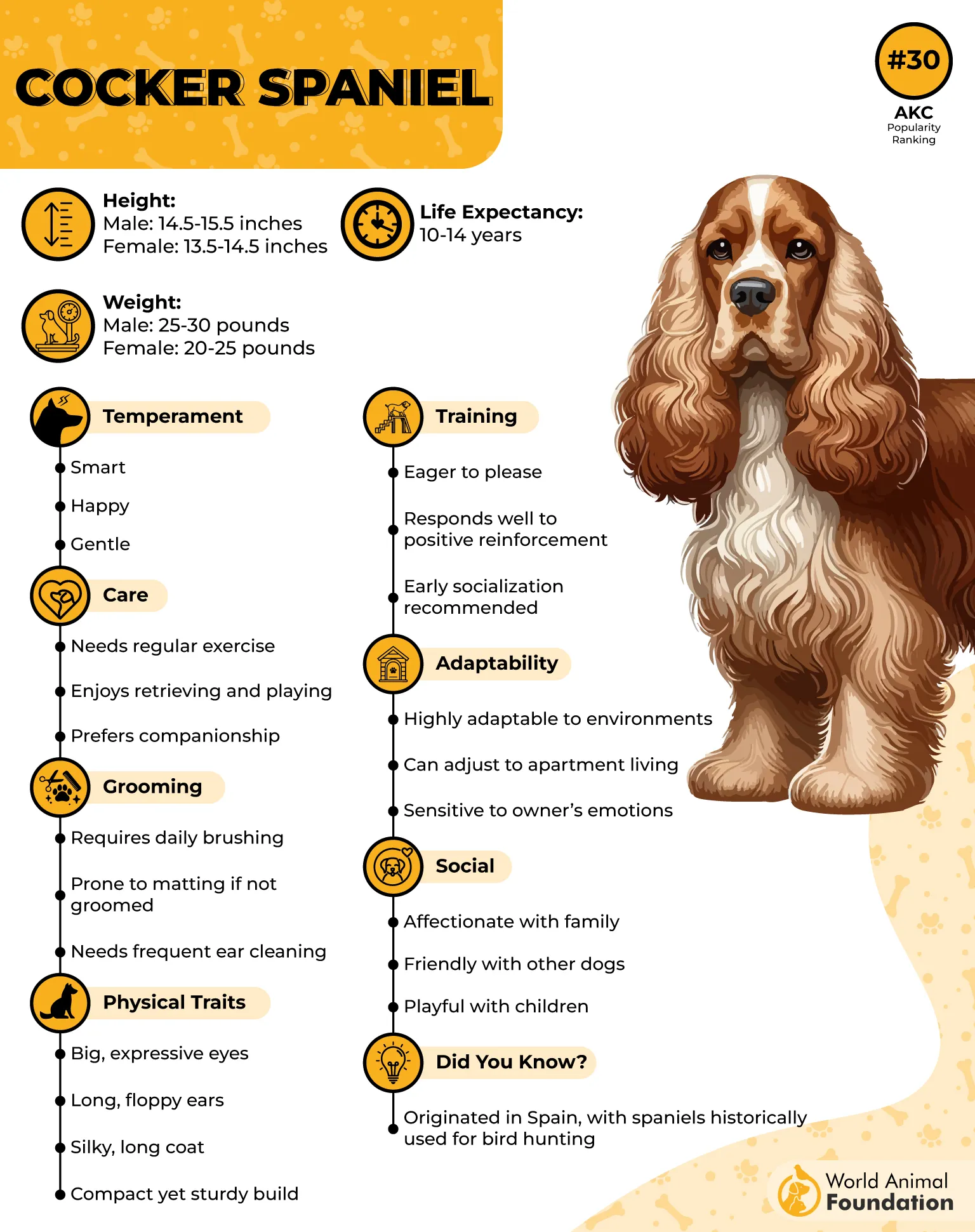
The Silky coat of this breed tends to get highlights of cream, silver, or fawn as it ages. The results? A dog that appears to have just come out of a professional grooming salon at all times.
Conclusion
Would you have thought a puppy was such a shape-shifter? Whether it is a black coat that turns to silver or spots that open after birth, these changing color dog breeds have their owners guessing – and delighted – at every age and phase of life.
Whether it is a Kerry Blue Terrier that takes on a mysterious grey makeover or a Shih Tzu who seems to rock every color in the palette, these dogs demonstrate that looks, just like personality, can be quite unpredictable.
Then then then when you want a pup that will ensure that every day is an interesting one between the day he comes home and his adult life, then get one of these colorful personalities. Without blaming them, of course, when your photo albums resemble that you had two dogs, not one.


